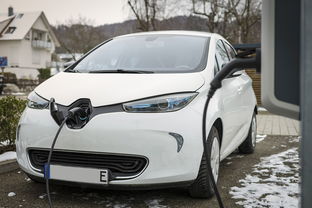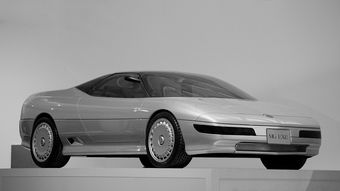中国汽车品牌的英语表达与全球拓展之路
中国汽车品牌的英语表达正在逐渐走向全球,这是中国汽车产业国际化的重要一步。随着汽车技术的不断发展和品牌形象的不断提升,中国汽车品牌开始在全球范围内寻求拓展。英语表达作为国际交流的重要工具,对于中国汽车品牌的国际化发展至关重要。这些品牌通过加强与国际市场的沟通与合作,不断提升自身的品牌影响力和竞争力。中国汽车品牌将继续努力,通过创新技术和提升品牌形象,实现更广泛的全球拓展。这是一个漫长而充满挑战的过程,但中国汽车品牌的未来充满希望。
随着全球化的步伐加快,中国汽车品牌在英语表达上的能力日益受到关注,这不仅关乎品牌形象的国际传播,更是中国汽车产业走向世界的必经之路,我们就来聊聊中国汽车品牌的英语表达现状,以及如何通过有效的英语沟通策略,推动中国汽车品牌的全球拓展。
中国汽车品牌英语表达的重要性
在全球化的背景下,英语已成为国际交流的主要语言之一,对于中国汽车品牌来说,掌握良好的英语表达能力至关重要,英语有助于提升品牌形象的国际认知度,通过精准、地道的英语表达,中国汽车品牌可以更好地向国际市场传递品牌价值、设计理念和文化内涵,英语是汽车品牌进行国际市场营销的重要工具,只有通过与目标市场的有效沟通,才能赢得消费者的信任和支持,随着跨国合作和技术的全球化趋势加强,英语在引进先进技术、管理理念和人才培养等方面也发挥着不可替代的作用。
中国汽车品牌英语表达的现状与挑战
中国汽车品牌在英语表达方面已取得一定进步,但仍面临一些挑战,部分品牌在英文命名和宣传语上缺乏创新,存在过度西化或翻译不当的现象,品牌在国际市场中的英语沟通策略尚需完善,需要更加深入地了解目标市场的文化和消费习惯,品牌故事和文化内涵的英语表达也是一大难点,如何将中国特色的文化元素融入英语表达,让国际市场更好地了解中国汽车品牌的独特魅力,是一个亟待解决的问题。
中国汽车品牌英语表达策略
1、精准命名与宣传语设计
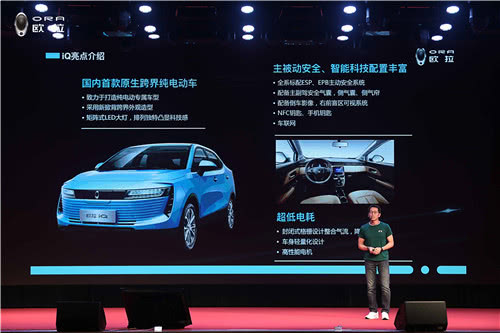
汽车品牌的命名和宣传语是英语表达的重要组成部分,在命名时,应注重简洁、易记、发音清晰的原则,同时体现品牌的核心价值和特色,比亚迪(BYD)和吉利(Geely)等品牌在命名上既体现了中国特色,又易于国际市场的记忆和识别,宣传语的设计要突出品牌的独特卖点,引发消费者的共鸣。
2、深入了解国际市场
针对不同目标市场,汽车品牌需要进行市场调研,了解当地消费者的文化习惯、审美偏好和消费心理,在此基础上,制定符合当地市场的英语沟通策略,提高品牌的市场适应性。
3、品牌故事与文化表达
中国汽车品牌在英语表达中应注重品牌故事和文化内涵的传递,通过讲述品牌的发展历程、创新技术和企业文化等故事,展示中国汽车品牌的独特魅力,结合中国特色的文化元素,如传统价值观、自然景观等,让国际市场更好地了解中国汽车的独特价值。
案例分析与启示
以长城汽车为例,该品牌在英文命名上简洁明了,易于国际市场记忆和识别,长城汽车在国际市场中的英语沟通策略也相当成功,通过深入了解目标市场,长城汽车针对不同市场制定了差异化的营销策略,提高了品牌的市场适应性,长城汽车还注重品牌故事和文化内涵的英语表达,通过讲述品牌的发展历程和创新技术,展示了中国汽车的独特魅力。
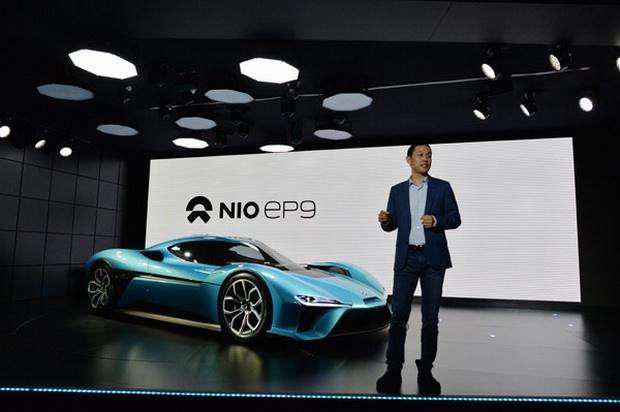
汽车品牌的英语表达能力关乎其国际市场的竞争力,中国汽车品牌应注重英语表达的精准性、创新性和文化性,制定符合国际市场的沟通策略,推动品牌的全球拓展,通过不断学习和实践,中国汽车品牌将在国际舞台上展现出更加独特的魅力。
扩展阅读:
Introduction
China has emerged as a global power in the automotive industry, with numerous automobile brands that have captured the attention of both domestic and international markets. This essay explores the journey of Chinese automotive brand development, highlighting their successes and challenges, as well as their future prospects.
Early Days - The Rise of Chinese Automotive Industry
The Chinese automotive industry began to take shape during the 1950s, driven by government support and an increasing demand for domestic transportation. However, it wasn't until the 1980s that China started to focus on developing its own brands. The first successful attempt was the introduction of SAIC (Shanghai Automobile) in 1984.

SAIC's Success Story
Since then, SAIC has become one of the largest car manufacturers in the world, with its models such as the SAIC-GM-Volkswagen Joint Venture (SAIC-VWJV) and SAIC-Renault-Nissan-Toyota joint venture (SAIC-RTJV), attracting global interest. SAIC has not only expanded its product range but also improved its quality and performance, making it a reliable and trustworthy brand for consumers worldwide.
Other Chinese Automotive Giants
In addition to SAIC, there are several other Chinese brands that have made significant contributions to the industry's growth. For example, FAW Group is one of the oldest car manufacturers in China, with products ranging from passenger cars to heavy-duty trucks. BYD, founded in 1995, has rapidly grown into a major player in the electric vehicle market, producing a range of eco-friendly vehicles for consumers worldwide.
Challenges Faced by Chinese Automotive Brands
However, Chinese automotive brands have faced numerous challenges in their development, including fierce competition from established Western brands, strict environmental regulations, and high production costs. In addition, the COVID-19 pandemic has further impacted the industry, affecting the supply chain and consumer confidence.
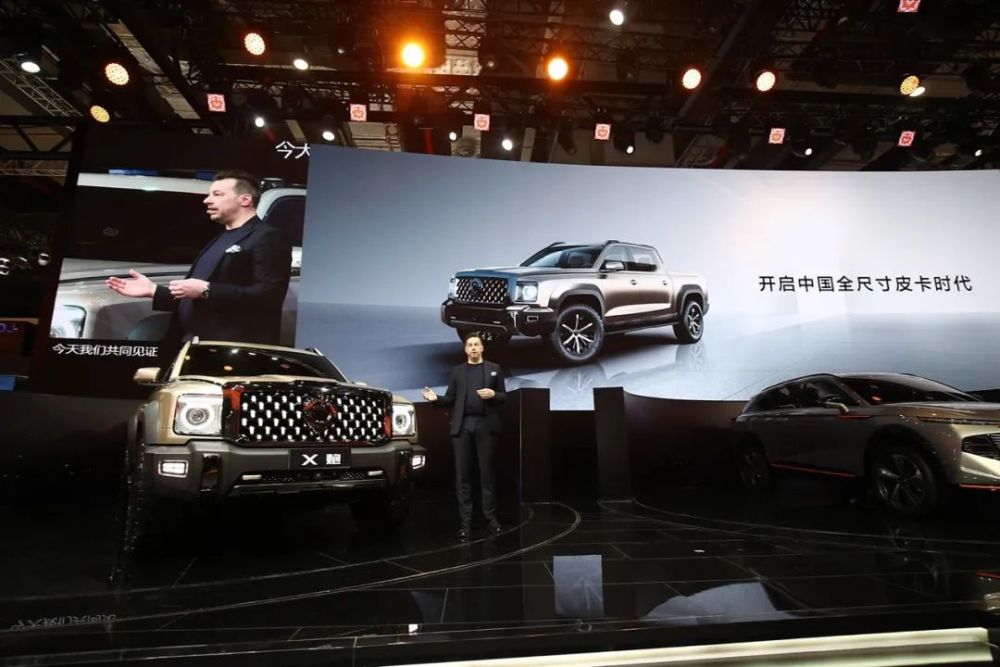
Future Prospects of Chinese Automotive Brands
Despite these difficulties, Chinese automotive brands are expected to continue growing in the coming years. With increased technological advancements and the implementation of new policies, Chinese car brands will face new opportunities to expand their markets and improve their competitiveness. Moreover, the shift towards green energy and sustainability is set to drive the development of electric and hybrid vehicles, providing a new direction for Chinese automotive brands to pursue.
Conclusion
Chinese automotive brands have come a long way since their initial attempts at industrialization in the 1950s. Through hard work and innovation, they have established themselves as key players in the global automotive industry, offering consumers a diverse range of choices while meeting the demands of the modern world. Looking ahead, Chinese automotive brands have much potential to grow and succeed in the global market, driven by their commitment to quality, innovation, and sustainability.
与本文知识相关的文章:

